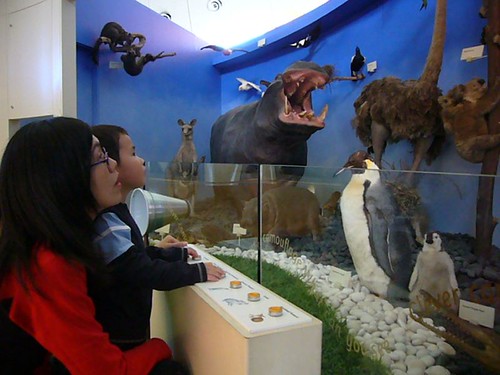
The Melbourne Museum provides a great immersive experience
In the world of information-rich visitor attractions like heritage buildings, museums and corporate attractions, spinning a great tale is imperative to success.
Having an exciting story which connects and resonates with your visitors makes all the difference. What should one do to create those magical moments?
Once again, let me share what I’ve learnt from Bob Rogers, owner of BRC Imagination Arts, who shared his 10 rules for successful storytelling in visitor attractions.
These apply specifically to interpretive attractions like museums, churches, historic buildings, as well as corporate branded attractions (eg Nike Town).
1) Scholarship Meets Showmanship™
In museums and heritage attractions, you must tell the truth as a scholar. However, the storyteller has the power of choice to determine what should be presented and what should be left on the cutting room floor.
2) Emotion Before Intellect
Punch them in the stomach and grab their heart first. A good way to do this is to develop a full symphonic score which changes from room to room.
3) Visual Before Verbal
The eyes always respond faster than the ears. As such, ensure that you can convey as much information as possible through your visual designs.
4) Total Immersion
Attractions are experience zones. The best ones encourage visitors to go into things rather than just look at things.
5) Cinematic
This follows a three step process which looks at the sequence of ideas, control of the time needed, and the emotions which you seek to elicit.
6) Story Empowers Artefacts and Story Precedes Artefacts
It is important to link your artefacts or artworks being displayed to the core narrative. Sometimes, this may require building up awareness and anticipation amongst your visitors before “unveiling” the prized object.
7) Tell Less and Intrigue More
Learn from movie trailers and television commercials, and provide just enough to stimulate desire. This may involve getting it down to just one simple central idea.
As Plutarch has said, “Education is less like filling a bucket and more like lighting a fire.”
8) The Technology is Becoming Invisible
With digital technology becoming less and less visible, one can weave theatrical magic with minimal fuss. Deploy technology that blend into an authentic set.
9) Shorter Attention Spans
This is definitely true in the age of numerous social networks. It is better to create an hour of intense experience than three hours of more mediocre experience.
If possible, change the environment for each room by adjusting factors such as the ceiling height, colours, temperatures, decor and scents so that you can reset your guests’ attention clock.
10) Engagement
Emotional engagement is the new interactivity. Ensure that your story can move hearts and open tear ducts. It is all about touching them rather than them touching it.

